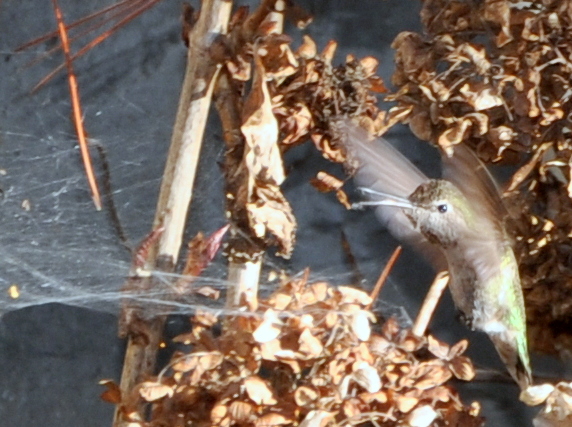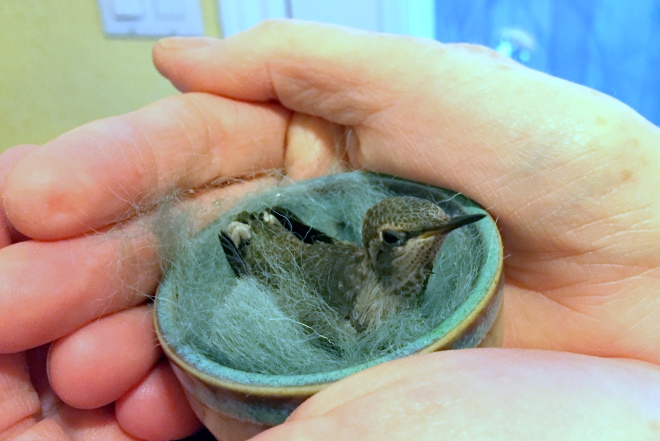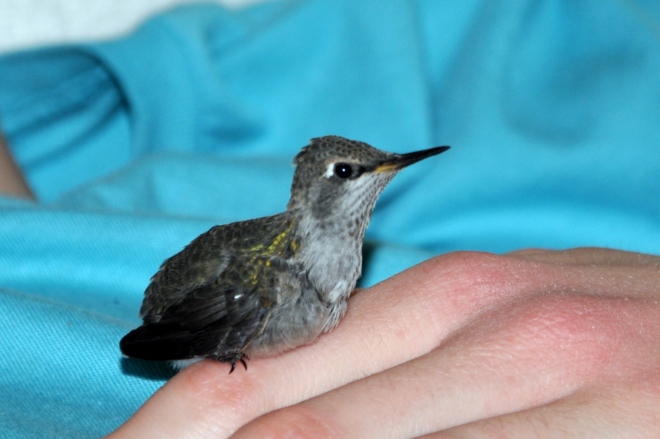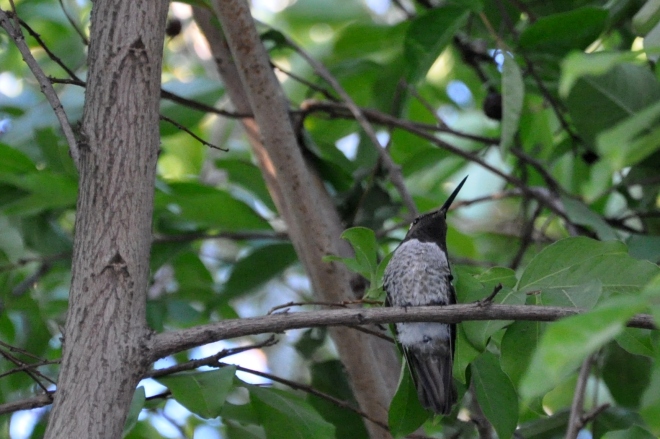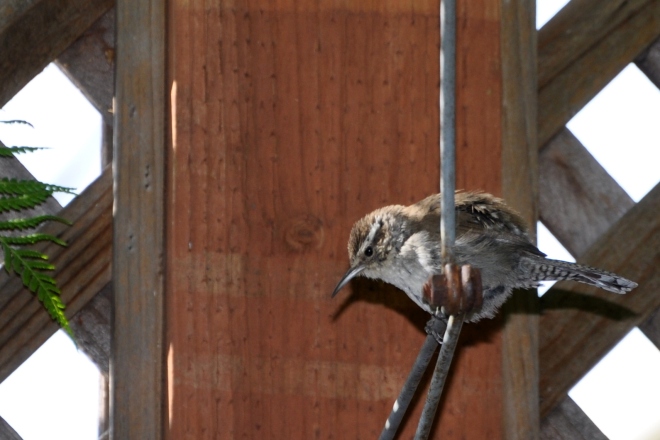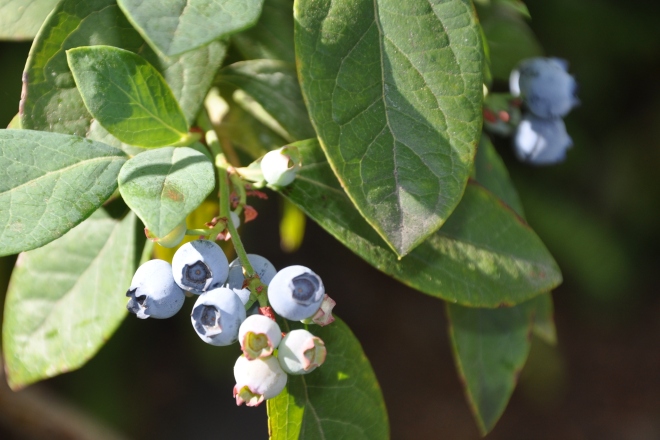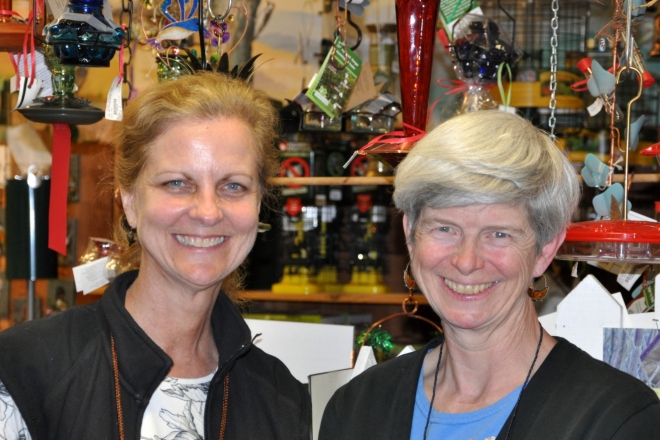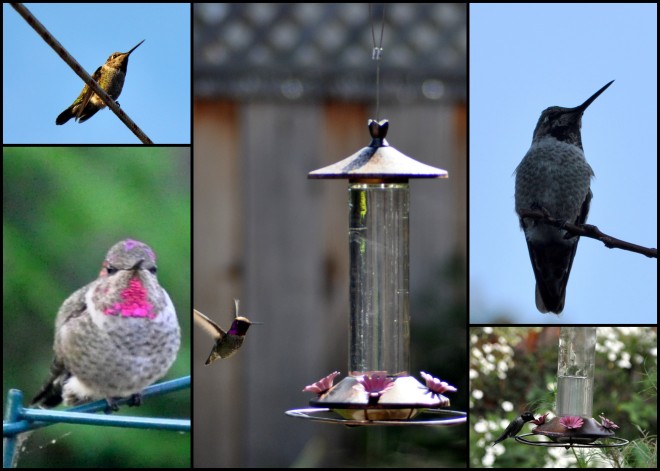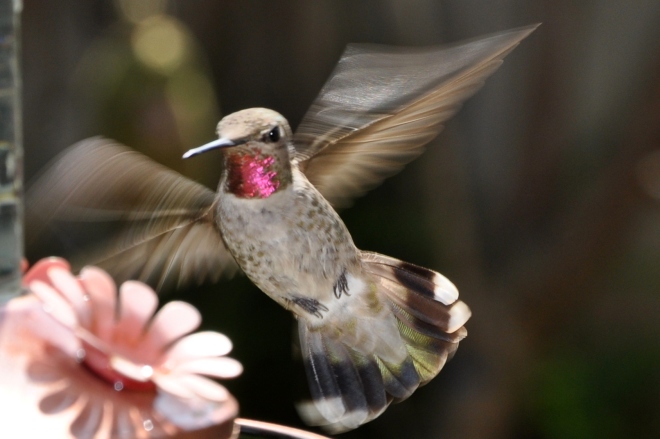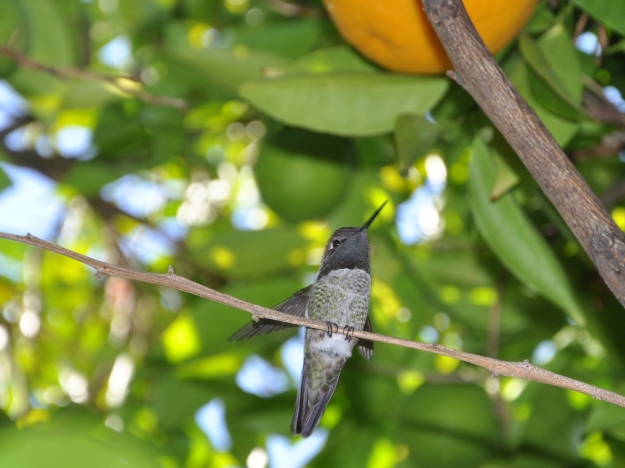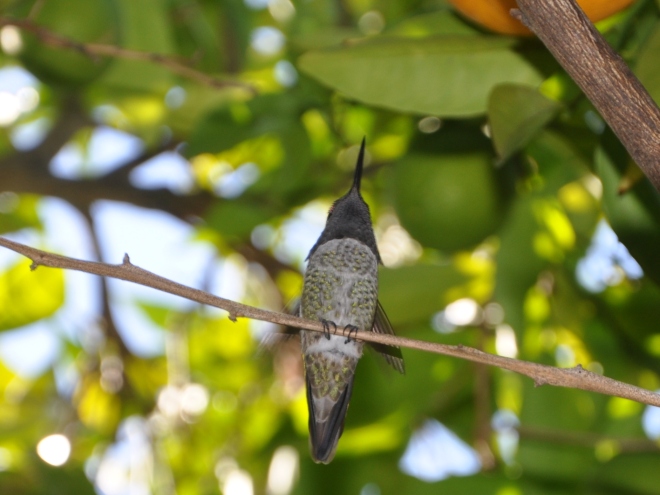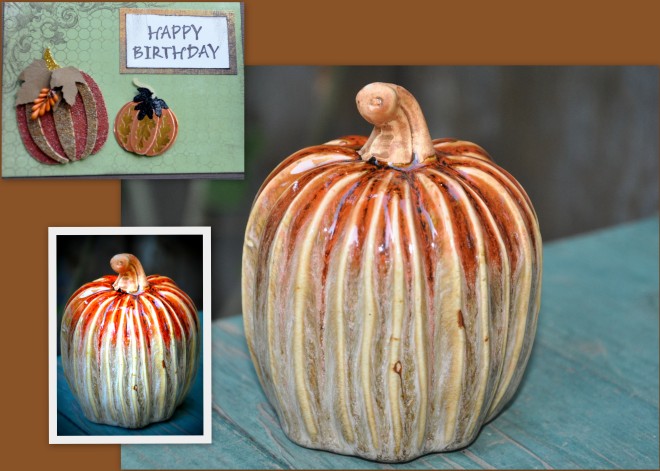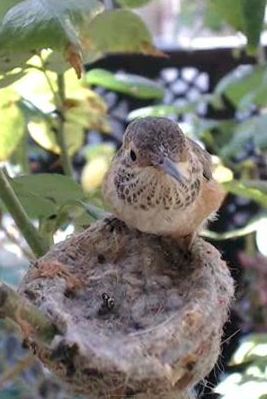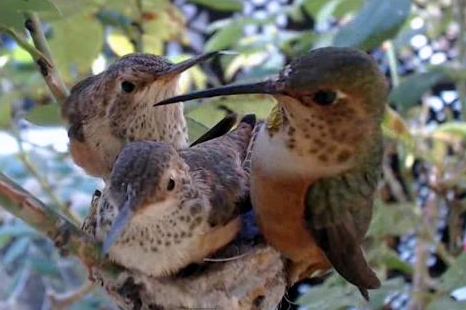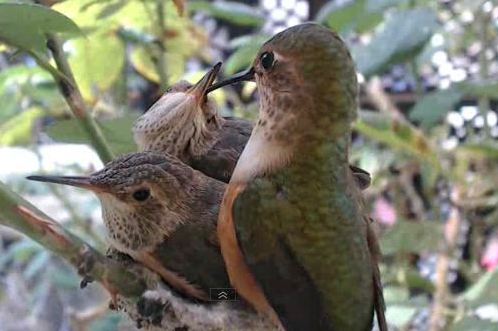We took a hummingbird class at Los Gatos Birdwatcher last week, then met for a birdwatching field trip over the weekend. Lead by Lisa Myers of Let’s Go Birding, we drove to the Santa Clara Valley Audubon Society. Located at the tip of McClellan Ranch in Cupertino, trees, native shrubs and a number of feeders attract resident and migrating birds. We stood under the awning with a light rain falling, and made like a tree. Trees with binoculars, that is, and a few cameras, too.
Lisa pointed out that some people ‘bird’, some people photograph and some (raising my hand) try to do both. You can’t do both well, but I tried, knowing I wanted to share as much as I could with you.
Like so many things in life, once you tune in to something, the world opens up. Lisa called out several species, pointing out gender, mating patterns, feeding habits and other bits of wisdom. She has a dry sense of humour along with a vast knowledge of native birds, making for an interesting and entertaining morning.
She jokingly pointed out that serious birders will sneer if you mention seeing Canadian Geese and Seagulls. The correct terms: Canada Geese and Gulls. Conversely, she has to bite her tongue when customers come into the store and swear they saw a canary or an eagle in their back yard.
Although we did see hummingbirds, they were fairly shy. They didn’t approach the feeder until we were well out-of-the-way. At home the resident hummers are quite bold, and will buzz up to us on the deck in the summer. They definitely know the hand that feeds them.
No matter. We saw plenty of other birds and I came away with even more appreciation of the songbirds in our area.
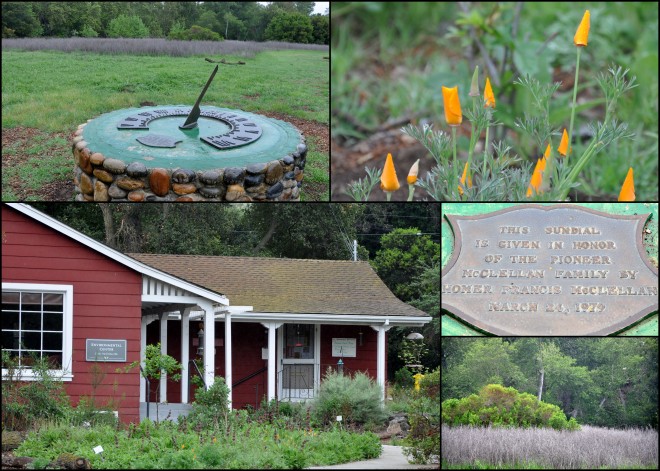
McClellan Ranch
Male birds flaunt their colorful plumage in order to attract a mate. The female, on the other hand, is nondescript. Since she’s the one sitting on the nest incubating the young, it makes sense that she blends in, keeping her and the nest safe from predators. When I took the picture, below, I didn’t even know that the female of the pair was there.
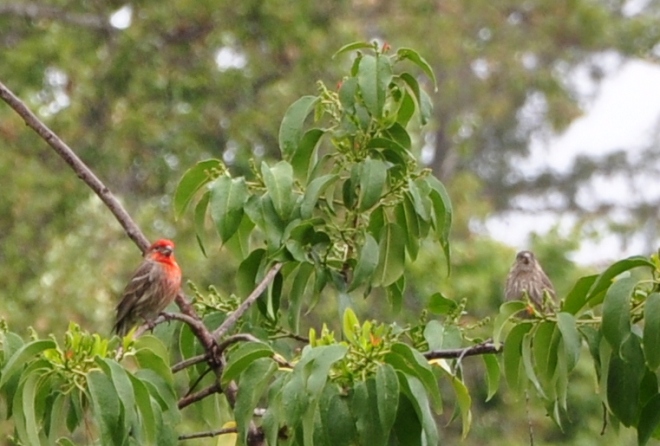
Male and Female House Finch
Some of the pictures, below, are clearer than others, but I wanted to give you an idea of the variety on view Saturday morning.
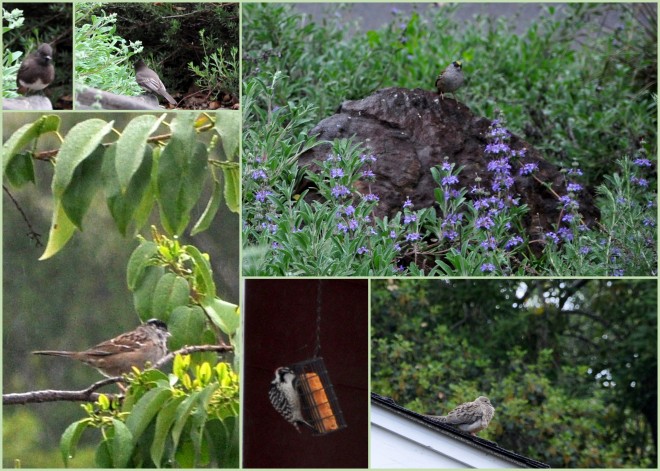
A variety of song birds
Upper Left: Black Phoebe, Song Sparrow (?) Woodpecker and Mourning Dove.
I’ve been working from memory and my trusty Local Birds of the San Francisco Bay Area Quick Guide to identify the birds pictured below. I’m going to have to check with Lisa to see if I got it right.
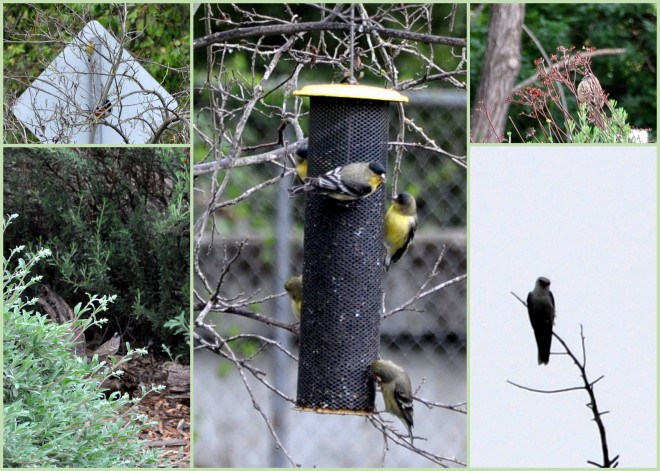
More song birds
I’m more confident about identifying this crowd: Behind the stop sign, a House Finch and a Lesser Goldfinch, at the feeder, Lesser Goldfinch, two White-crowned sparrows, and at the top of the tree, a White-tailed Kite.
Do you have a favorite songbird in your neighborhood? Please let me know in the comments below. Sharing of photos encouraged.
Fabulous resources in Silicon Valley:


